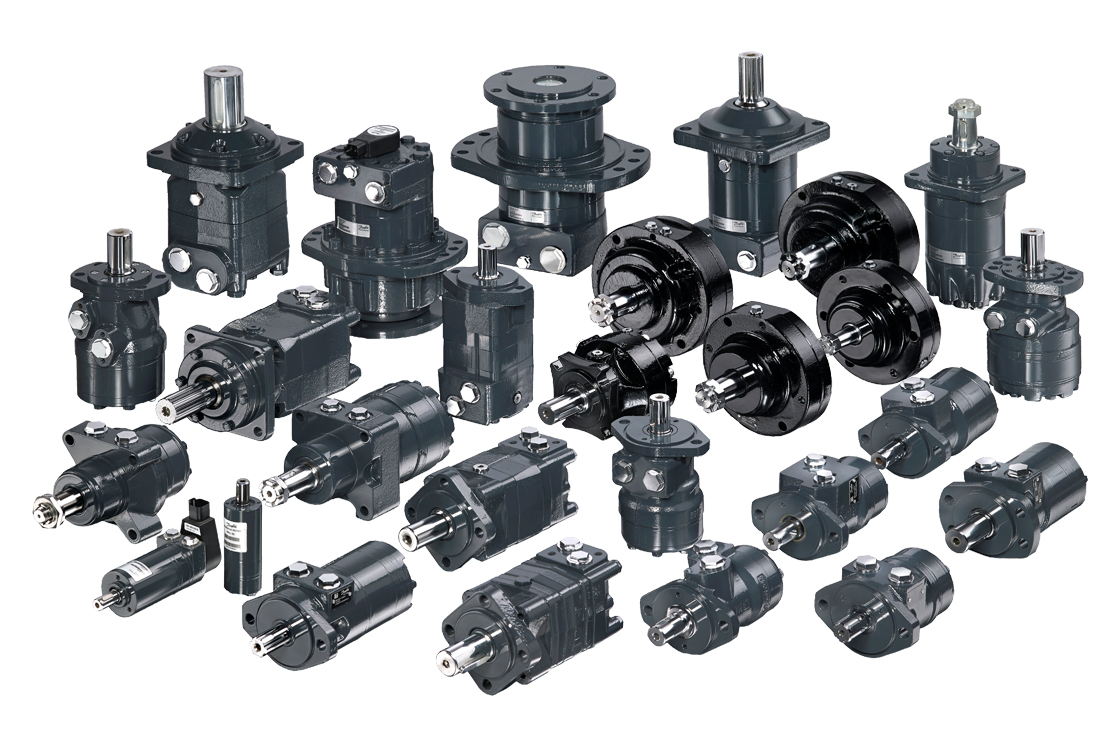Akkumulatorer, oliekølere, powerpacks, hydrauliktanke
vis alle

Produktnavn lorem ipusm hej med dig det er lang overskrift
Varenr.: 855555
Ekstra nr.: 78787878
700,-
Bemærk: Dette produkt er erstattet af: 11889655
Produktnavn
vis alle
Varenr.:
a04G1
Ekst. vare nr.:
04G12001
Rørdimension:
10 mm
Rørdimension 2:
10 mm

Produktnavn 2
vis alle
Varenr.:
456546456456
Ekst. vare nr.:
678678678678
Rørdimension:
10 mm
Rørdimension 2:
10 mm

Cylindre
vis alle







